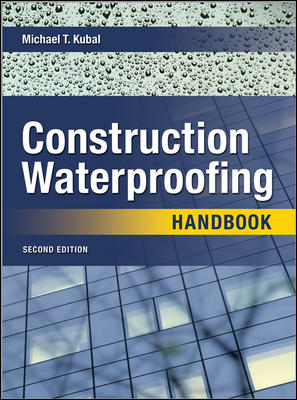Securement of flashing at outside corners proves to be a difficult task. The adherence of the flashing material can be compromised due to the angle of the transition. Often times when the flashing material is applied in a single application at these areas the material experiences buckling and bridging. This occurs due to the weight of the flashing material and the abrupt angle change.
The best practice method of applying flashing materials at outside corners is a two-step overlapping method. In this method the initial flashing reinforcement is fully adhered to the vertical substrate in one direction. At the vertical corner the flashing reinforcement is cut so only the vertical flashing material is set around the corner, (The horizontal material remains adhered over the substrate.) The vertical flashing material shall be set around the corner a minimum of six (6) inches. The method is followed from the reverse angle so that the vertical flashing material is overlapped at the corner.
In waterproofing applications, the membrane or barrier material is then applied over the flashing reinforcement.
Some manufacturers require sealant application at the corner prior to application of reinforcement. Most of the thermoplastic manufacturers provide pre-fabricated corner materials that are applied over the corner and the membrane id heat welded to them for adhesion.
Application should be in accordance with the manufacturers requirements using the manufacturers approved materials.







